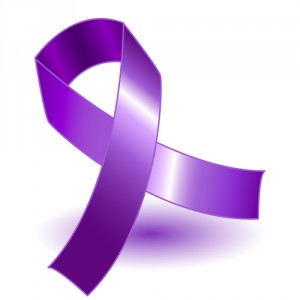 The city of New York announced that, for the first time ever, this August is Crohn’s and Colitis Awareness Month, after the approval of a resolution by the New York State legislature.
The city of New York announced that, for the first time ever, this August is Crohn’s and Colitis Awareness Month, after the approval of a resolution by the New York State legislature.
In the resolution text, legislators justify the decision based on some facts about the diseases, such as their impact on patients’ daily lives — namely about 85,000 New Yorkers — the fact that they affect both men and women, adults and children (even though the disease is increasing in the number of diagnosed young people), the resemblance between the two diseases that sometimes complicates an accurate diagnosis, their effect on the body’s immune system that leads it to cause chronic inflammation, and the fact that they can cause ulcerations and bowel injuries that lead to pain and debilitation.
The work of the Crohn’s & Colitis Foundation of America (CCFA) is also highlighted in preventing, supporting, and improving patients’ quality of life, as well as supporting research to find a cure and educate people about the disease.
According to a recent press release, CCFA leader Richard J. Geswell applauded the decision of observing a Crohn’s and Colitis Awareness Month and reminded people of the impact “these debilitating digestive diseases” have on patients. Geswell added that although there “are over a million people living with these diseases around the country,” unawareness is still a reality.
Crohn’s and Colitis are chronic diseases of the intestines that cause inflammation due to a disorder in the human immune system. Symptoms like diarrhea, rectal bleeding, abdominal pain, and constipation, among others, are similar in both the diseases (also known as inflammatory bowel diseases), but the affected areas of the gastrointestinal (GI) tract are different. Crohn’s most commonly affects the ileum and the beginning of the colon, but it may also affect any part of the GI system. Colitis only affects the colon, also called the large intestine.
According to CCFA, Crohn’s and Colitis affect one in 200 people in the U.S.

